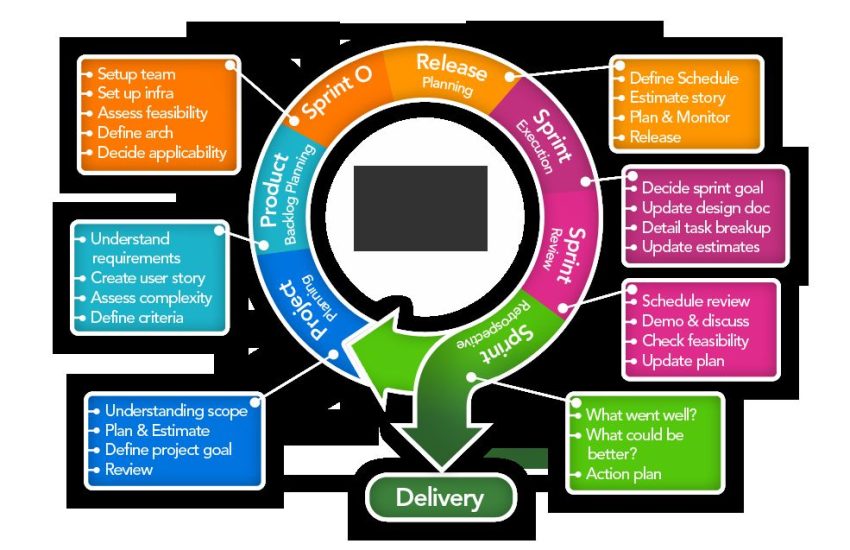Designing for Mobile: How Responsive Web Design Helps
Responsive web design has become an essential aspect of modern website development, especially in the tech industry where mobile usage is on the rise. With the increasing number of users accessing websites on their smartphones and tablets, it is crucial for tech companies to prioritize mobile-friendly design to ensure a seamless user experience across all devices.
In this article, we will delve into the importance of responsive web design for mobile devices and how it can benefit tech companies in reaching a wider audience, improving user engagement, and boosting conversions.
### What is Responsive Web Design?
Responsive web design is a design approach that allows web pages to render well on a variety of devices and window or screen sizes. This design technique uses fluid grids, flexible images, and CSS media queries to adjust the layout of a website based on the device it is being viewed on. By utilizing responsive web design, websites can automatically adapt to the user’s screen size, orientation, and platform, providing a consistent user experience regardless of the device being used.
### Why Mobile-Friendly Design is Essential for Tech Companies
In today’s digital age, mobile devices have become the primary tool for internet browsing, with a significant percentage of website traffic coming from smartphones and tablets. This trend is expected to continue growing, making it imperative for tech companies to prioritize mobile-friendly design to cater to the needs of their mobile users.
By designing websites with responsiveness in mind, tech companies can improve user experience, increase engagement, and drive conversions. Mobile-friendly websites load faster, are easier to navigate, and provide a seamless browsing experience, leading to higher user satisfaction and retention rates.
### The Benefits of Responsive Web Design for Mobile
1. Improves User Experience: Responsive web design ensures that your website looks and functions optimally on all devices, providing a seamless user experience. Users can easily navigate your site, access information, and interact with your content without any limitations or issues.
2. Increases Mobile Traffic: With a responsive design, your website can attract more mobile traffic as it ranks higher in search engine results. Google prioritizes mobile-friendly websites in its search rankings, making it easier for users to find and visit your site on their smartphones or tablets.
3. Boosts Conversions: A mobile-friendly website can lead to higher conversion rates as users are more likely to engage with your content and take action. Whether it’s making a purchase, signing up for a newsletter, or contacting your company, a responsive design can create a frictionless conversion process for mobile users.
4. Enhances Brand Reputation: By designing a responsive website, tech companies can showcase their commitment to providing a superior user experience. A mobile-friendly site reflects professionalism, innovation, and user-centric design, enhancing brand reputation and credibility.
### Implementing Responsive Web Design for Mobile
When designing for mobile, tech companies should consider the following best practices to ensure a successful responsive design:
1. Use a Mobile-First Approach: Start by designing for mobile devices first, then progressively enhance the layout for larger screens. This approach ensures that your website is optimized for mobile users and provides a strong foundation for responsive design.
2. Optimize Images and Videos: Use responsive images and videos that scale proportionally based on the device’s screen size. This will help reduce page load times and ensure a fast and smooth user experience on mobile devices.
3. Test Across Devices: Test your website on various mobile devices and screen sizes to ensure consistency and functionality. Use tools like Google’s Mobile-Friendly Test to identify any issues and make necessary adjustments.
4. Focus on Usability: Prioritize usability and accessibility when designing for mobile. Ensure that buttons are easily clickable, text is readable, and navigation is intuitive to enhance the user experience on smaller screens.
In conclusion, responsive web design is a critical component of modern website development, especially for tech companies looking to engage mobile users effectively. By prioritizing mobile-friendly design, tech companies can improve user experience, increase traffic, boost conversions, and enhance their brand reputation. By following best practices and implementing responsive design principles, tech companies can create a seamless and engaging mobile experience for their users, ultimately driving success in the competitive tech landscape.


